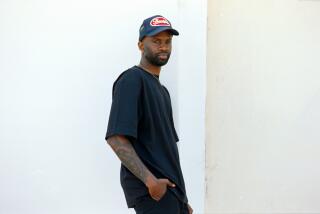Review: Black photographers founded Kamoinge Workshop in 1963. Now their biggest show hits the Getty
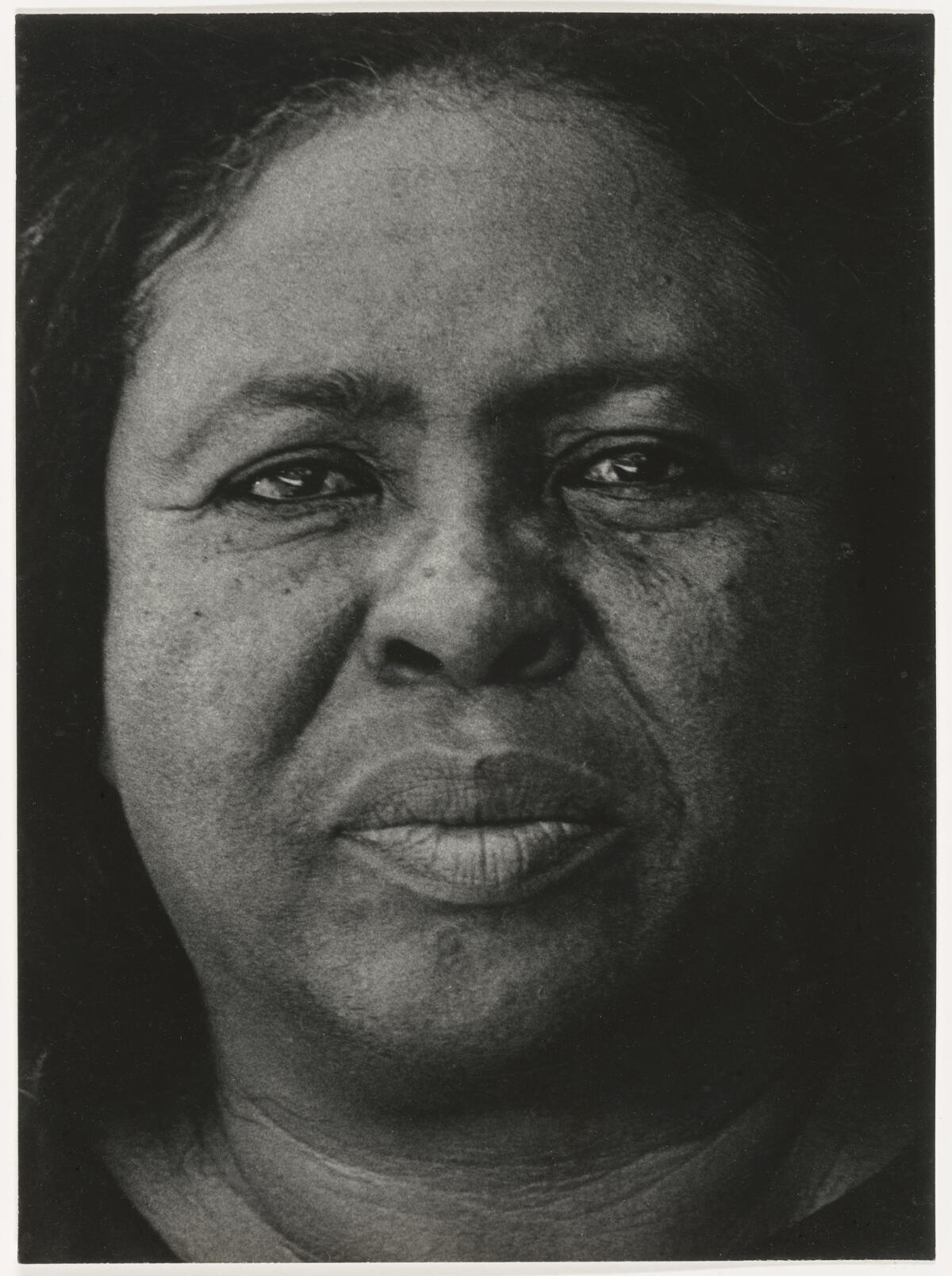
Hugely popular with the public, Edward Steichen’s 1955 documentary photography exhibition for New York’s Museum of Modern Art, “The Family of Man,” drew sharply divided critical responses.
Some loved the show, which sought to reveal similarities among diverse people everywhere, as much as the general public did during an unprecedented eight-year tour to 37 countries around the world. (Nine million people are estimated to have seen it.) Others did not.
From the left, French essayist Roland Barthes dismissed the huge assembly of more than 500 photographs from 68 countries as “conventional humanism.” From the other end of the spectrum, New York critic Hilton Kramer dismissed the documentary imagery as a “self-congratulatory means for obscuring the urgency of real problems.”
Many photographers were dismayed. Walker Evans, a pivotal American artist in the development of the documentary tradition, which was central to Steichen’s selection, complained about “bogus heartfeeling” — a celebration of inauthentic sentimentality.
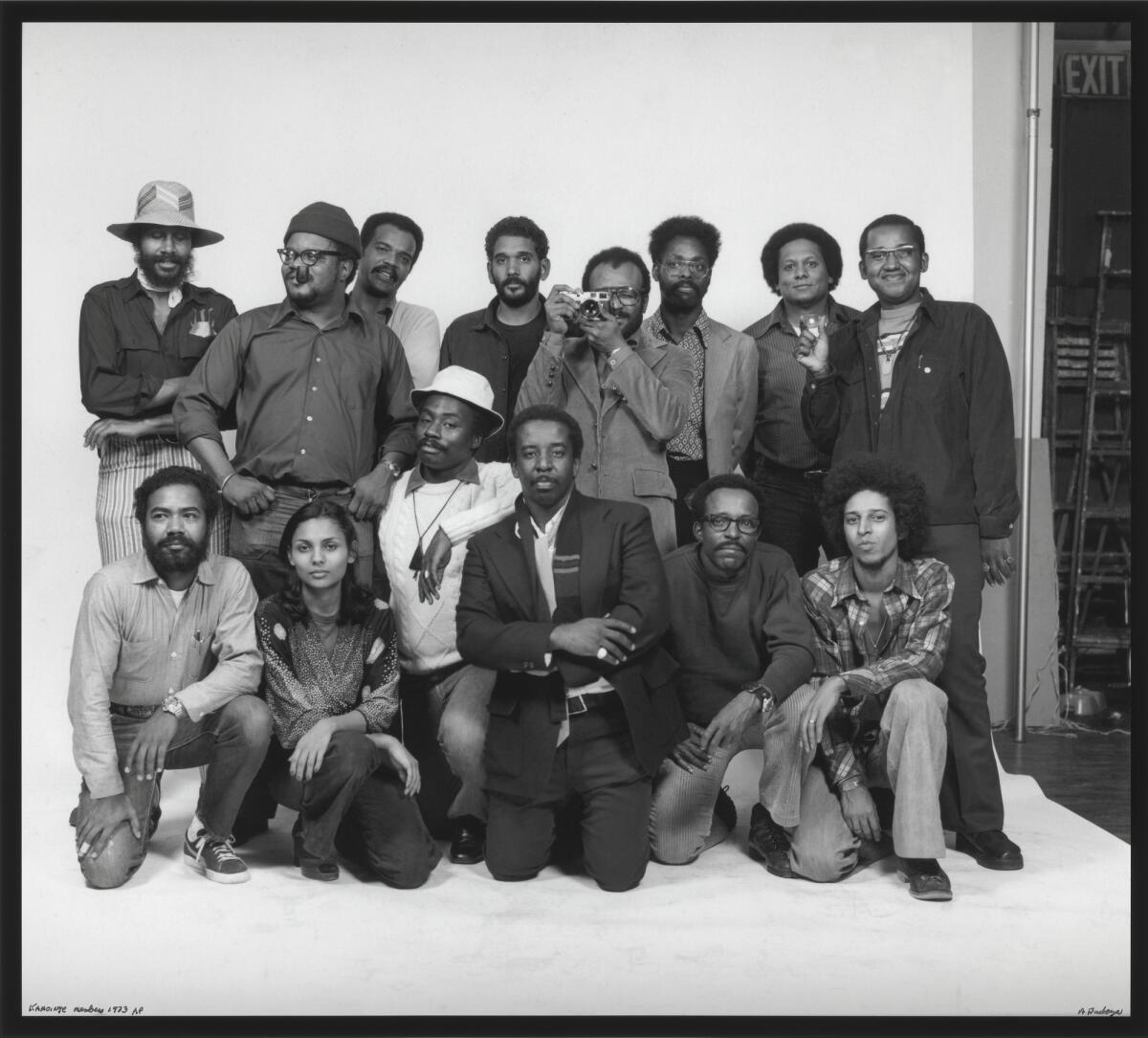
Louis Draper, on the other hand, was enthralled. Still a student at Virginia State University, a historically Black school a half-hour south of his hometown of Richmond, and not yet a photographer, he devoured the exhibition’s catalog. A reporter for the school newspaper, he soon started taking pictures. Before graduating, he left and moved to New York to immerse himself in the media capital’s burgeoning photographic world.
We can be glad that he did. At the J. Paul Getty Museum, “Working Together: The Photographers of the Kamoinge Workshop” is an engrossing exhibition that charts the powerful impact of the artist, along with more than a dozen of his colleagues. Marvelously organized by Sarah L. Eckhardt of the Virginia Museum of Fine Arts and overseen at the Getty by assistant curator Mazie Harris, it chronicles a pivotal artistic development in the second half of the 20th century that has languished too long in the shadows. Eckhardt’s lavishly illustrated catalog is excellent.
The Kamoinge Workshop is the name given to a committed if loosely affiliated group of 14 Black photographers, most of whom Draper rounded up in 1963. A group photo made by Anthony Barboza 10 years in gives an indication of their ongoing plan: Posed against a plain studio backdrop, the artists are adjacent to a glimpse of ladders, lights and an exit sign at the right, a pointed suggestion of productive daily labor out in the world.
The massive 1963 March on Washington for Jobs and Freedom, which gathered in the aftermath of brutal assaults on civil rights demonstrators in Birmingham, Ala., used the centennial of emancipation to protest entrenched racial inequality. That same year, the African nation of Kenya was drawing headlines as it disentangled itself from nearly a half-century of British colonial incursion. The intersection between America’s own colonial history and an emerging African consciousness during the civil rights movement is enshrined in the choice of the workshop’s name.
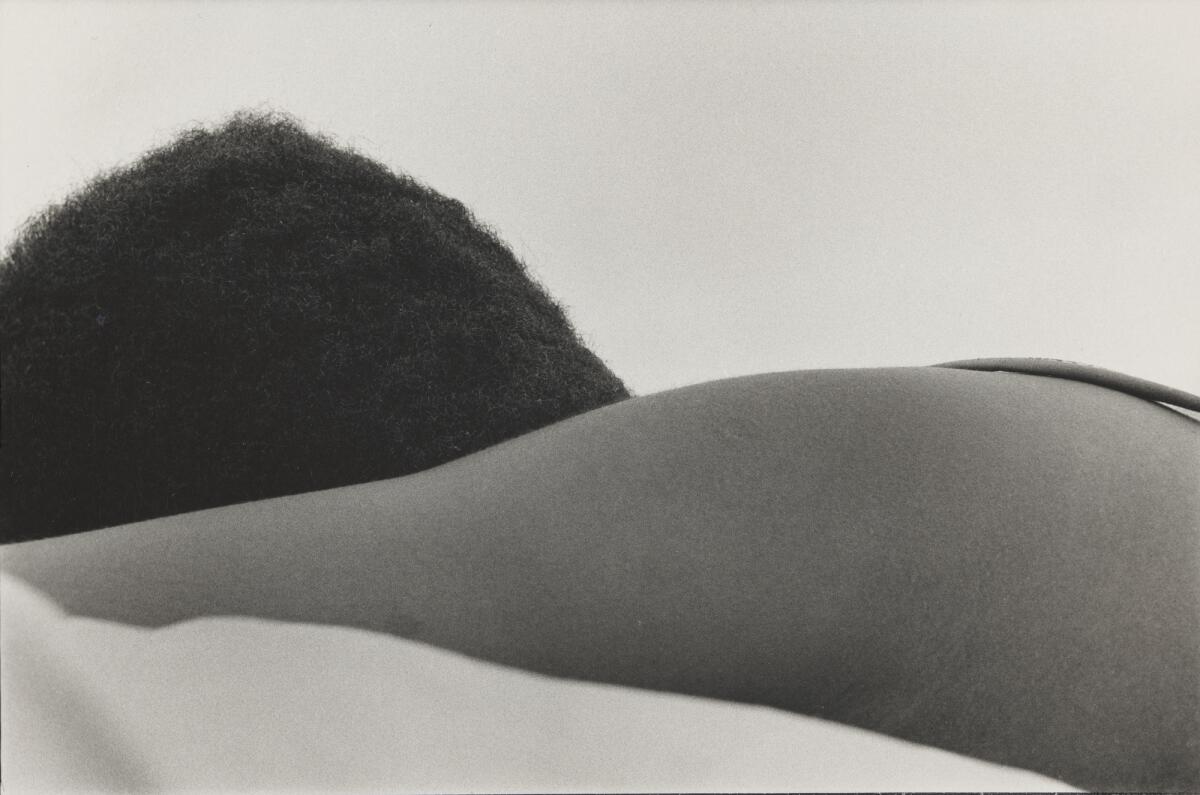
Kamoinge, pronounced by Draper’s group “kuh-moyn-gay,” was a word from Kenya’s Kikuyu people. Bantu pronunciations differ, but it means “a group of people acting and working together.” The workshop was put together by Draper, who died in 2002, as well as Albert R. Fennar (1938-2018), James M. Mannas Jr. and Herbert Randall. Ten more artists soon joined them.
Some of the Kamoinge Workshop photographers were formally trained in the medium, and others were self-taught. All pursued their own work while providing mutual support and encouragement. Often, they’d get together on Sundays for critiques and socializing. But the only agenda was to recognize both their individual autonomy as artists and their collective awareness of Black community.
The exhibition is big — some 200 photographs, all black-and-white, largely from the workshop’s first two decades. The absence of color reflects a general tendency in the 1960s and 1970s to separate photographs into two camps: Color was on the rise, but the expense and complication of production kept its use mostly in the commercial sphere; black-and-white was for serious art.
More important, the flourishing commercial-image world was an antagonist that the Kamoinge Workshop sought to refute. In mass media, white perceptions of Black life dominate. Those observations weren’t always wrong, but they were inevitably limited, repetitive and exclusionary. The Kamoinge Workshop put disparate representation in the foreground.
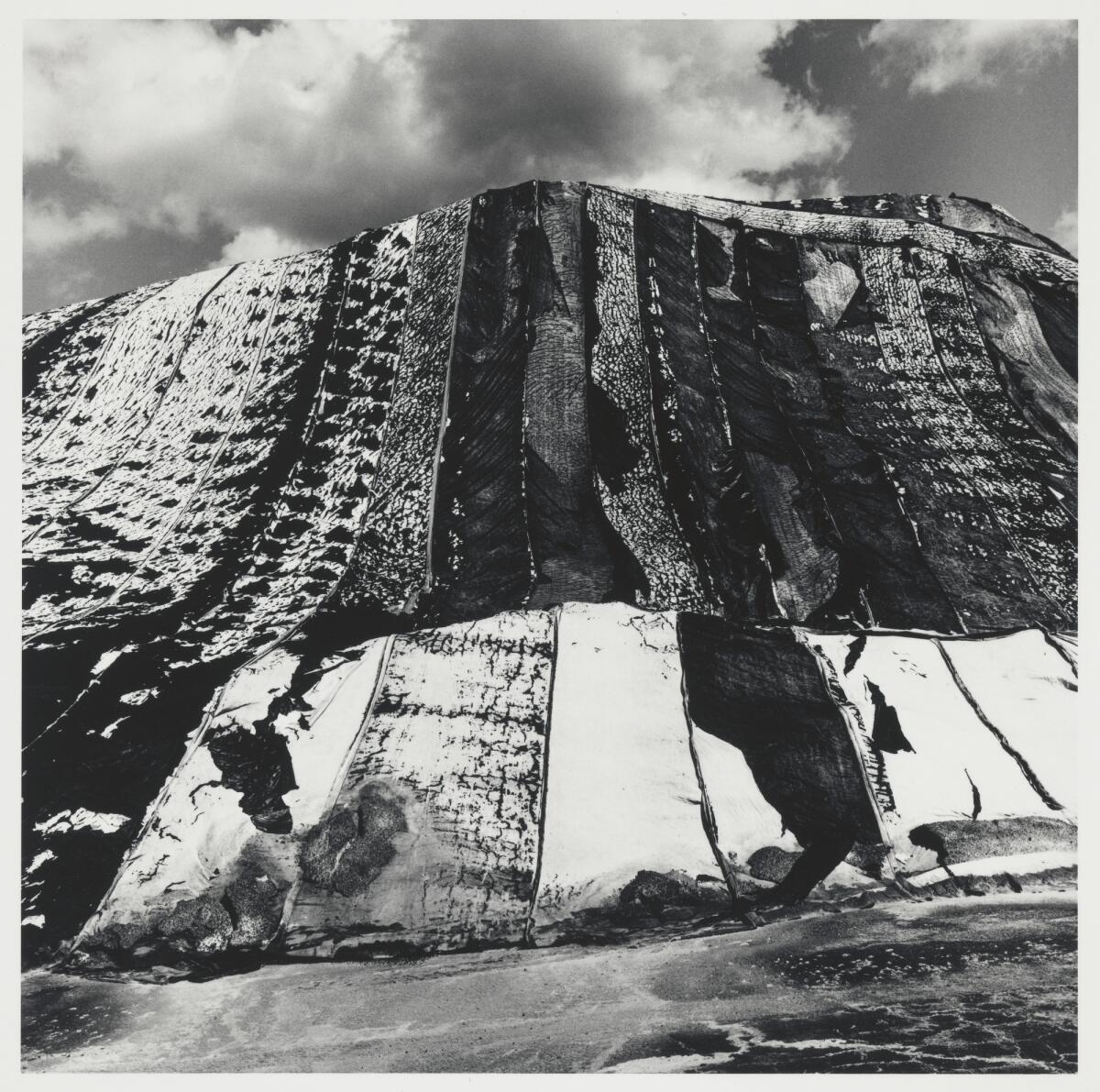
In Draper’s 1971 portrait of Fannie Lou Hamer, the face of the indomitable Mississippi voting rights activist fills the frame, looking head-on into the camera’s lens. She’s an immovable force, not intimidating or angry but intense and determined.
C. Daniel Dawson moved in close to photograph a Black body of indeterminate gender lying on a bed, a composition in three registers from bottom to top: the glimpse of a sheet, the curving swell of a shoulder and the back of a head. An anonymous but intimate figure hovers between landscape and abstraction.
An aerial view of three people walking down the street stretches their shadows from the low angle of a setting sun at the end of the day. Adger Cowans turned the print 90 degrees, the elongated shadows now rising up rather than spreading across, transforming the trio into striding titans.
In “Pensacola, Florida,” Barboza pictured a broken neon sign on a ramshackle building. At the heart of the sign, the word “liberty” is broken, the “e” smashed and the “r” dangling askew.
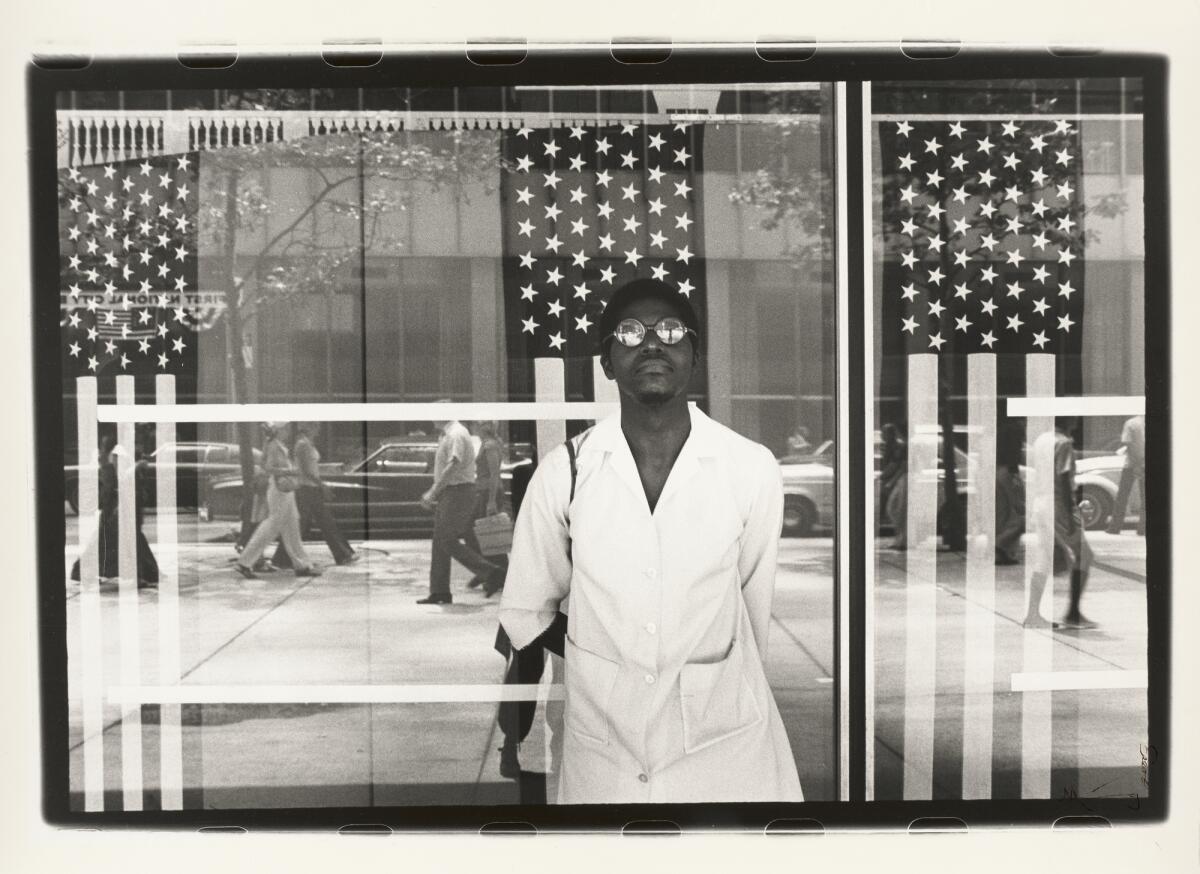
With abstraction a conflicted issue for painters and sculptors of the period, and one that had special hurdles for camera work, Fennar photographed from below an enormous roadside “Salt Pile” covered in tarps. Its patterned surface offers a mysterious mountain of abstract shapes beneath gentle, floating clouds.
“America Seen Through Stars and Stripes, New York City, New York” is a layered visual collage of dizzying spaces by Ming Smith. A man in a white lab coat stands with his arms behind his back before a glass office building front, his mirrored sunglasses reflecting what’s in front of him — including what appears to be the artist — as surely as the window reflects urban passersby and parked cars on the street behind the photographer. Woven into the random, free-floating activity, hanging American flags or banners behind the glass window provide both firm structure and a sense of confinement.
These are not images of Black life as brutal, demoralized and fraught. Nor are they sunnily promotional. Instead, a simple dignity to which any person is entitled is the visual baseline; illuminating human experience in America is the aspiration.
What the Kamoinge Workshop was up against is revealed in a disturbing display case, which holds the infamous cover of Newsweek from Aug. 3, 1964, following riots in Harlem, N.Y., after an off-duty white police officer had shot and killed an African American teenager on Manhattan’s Upper East Side. The magazine’s white photographers would not venture into the chaos uptown, and no Black artists were on staff to illustrate the impending story. Freelancer Roy DeCarava, today the most celebrated of the Kamoinge photographers, was hired to provide a suitable image.
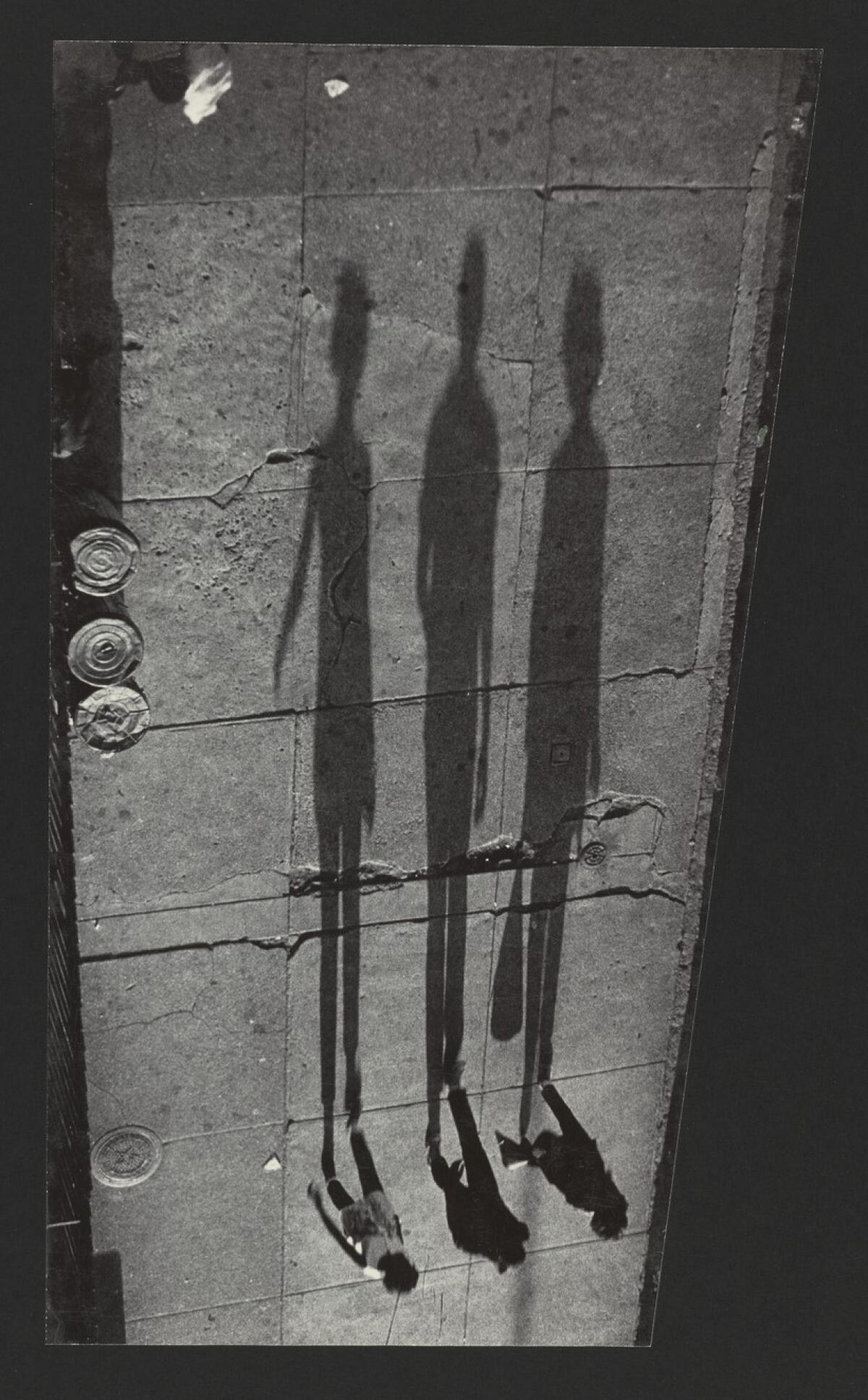
DeCarava asked workshop colleagues Ray Francis (1937-2006), Shawn Walker and Draper to pose, and he shot their unsmiling visages in close-up with their heads in a syncopated row, almost like the stone presidential faces arrayed across Mt. Rushmore. When the magazine came out, however, the photograph had been sharply cropped, the deceptive headline “Harlem: Hatred in the Streets” emblazoned below it. The archetypal white fear of the angry Black man was splashed across newsstands and dropped into mailboxes from coast to coast. DeCarava, who died in 2009 at 89, refused assignments from Newsweek for the remainder of his life.
The Kamoinge Workshop merged two artistic legacies within the distinctive context of an oppressed minority community. Traditional African art represents a social project, while American contemporary art embodies a more solitary pursuit, with the artist at work alone in the studio and darkroom. Not everything was ideal. Smith, for instance, was the lone woman in the group, and she didn’t join until nearly a decade had passed. The casual sexism of the era is undeniable.
But so is the power of the art that the photographers of the Kamoinge Workshop produced. Draper productively devoured “The Family of Man,” and this show and its catalog have insightful and sometimes unexpected lessons to learn and pleasures to offer. And “bogus heartfeeling” is nowhere to be found.
'Working Together: The Photographers of the Kamoinge Workshop'
Where: J. Paul Getty Museum, 1200 Getty Center Drive, Brentwood
When: Open Tuesdays through Sundays, through Oct. 9
Admission: Free; parking $10-$20
Info: (310) 440-7300, getty.edu
More to Read
The biggest entertainment stories
Get our big stories about Hollywood, film, television, music, arts, culture and more right in your inbox as soon as they publish.
You may occasionally receive promotional content from the Los Angeles Times.


